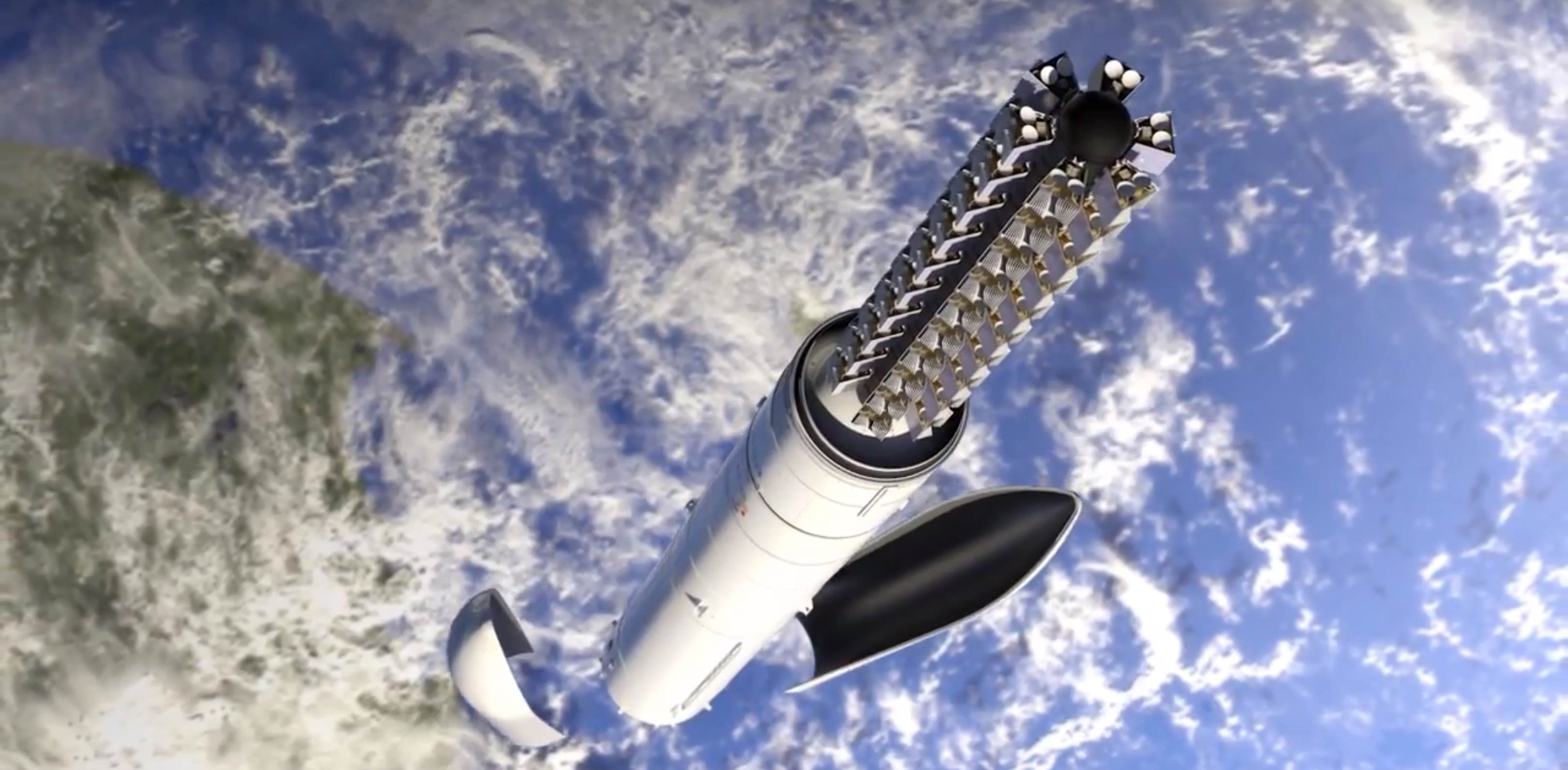


Many of the factors included in the assessment, from air and water quality to noise and visual effects, can be mitigated through measures outlined in the report.

That report appeared to find little in the way of major obstacles to SpaceX’s plans. The report could lead the FAA to seek what it calls a “more intensive” environmental impact statement.
#Spacex hopefully launch first orbital starship license
The report itself does not determine if the FAA should license Starship orbital launches but instead assesses the environmental effects of launch activities and whether and how they can be mitigated. In September, the FAA released a draft programmatic environmental assessment (PEA) of SpaceX’s Starship/Super Heavy launch plans. An earlier environmental assessment, done back when SpaceX proposed using Boca Chica for Falcon 9 and Falcon Heavy launches, no longer applies to the far larger Starship/Super Heavy. That, in turn, requires an environmental review of the company’s plans to determine the various effects it will have on the environment and whether, and how, they can be mitigated. To do that, though, SpaceX needs a new FAA launch license. It took several tries, but SpaceX demonstrated that Starship could take off, fly a low-altitude test flight, land, and remain intact afterwards (see “Build back better,” The Space Review, May 17, 2021.) The next step is to demonstrate that Starship, launched by a booster called Super Heavy, can reach orbit, reenter, and touch down. “I think their endeavors are absolutely necessary and vital to humanity as a species.” “I will always be on their side,” one commenter said of SpaceX. To others, Starship is a high-risk venture, not just for the company and the space industry but also to the people and environment in the corner of Texas where it is being built. To advocates, it is humanity’s best hope to become a multiplanetary species, to use the phase frequently invoked by both the company and its supporters. Still, there are now enough ingredients in place that liftoff might be several weeks away, not several months.Few companies in the space industry are as polarizing as SpaceX, and few projects are as polarizing as its Starship vehicle. The company was discussing the prospects of a Starship orbital flight last year, and SpaceX is sometimes optimistic about its timelines - just ask enthusiasts who spent years waiting for a Falcon Heavy flight. We wouldn't count on SpaceX holding to the May target regardless of the FAA's decisions. Any regulatory flags could stall the launch. SpaceX still needs an FAA license for the flight, and will finish an important environmental review on March 28th. The launch hinges on more than just technical progress, however. They're expected to power both Starship and its Super Heavy booster, and should be key to SpaceX's plans for both the Moon and Mars. SpaceX started producing Raptor 2 in December 2021 and says the design costs half as much as its predecessor while delivering more power and using fewer parts. The launch will depend on the newer Raptor 2 engines as they're "much more capable" and reliable than the older models, according to Musk. The company plans to have 39 "flightworthy" engines ready by April, and will take about a month to integrate them. As CNBC notes, Elon Musk now believes SpaceX will launch Starship into orbit this May. SpaceX's long-delayed Starship orbital test flight might finally be close.


 0 kommentar(er)
0 kommentar(er)
